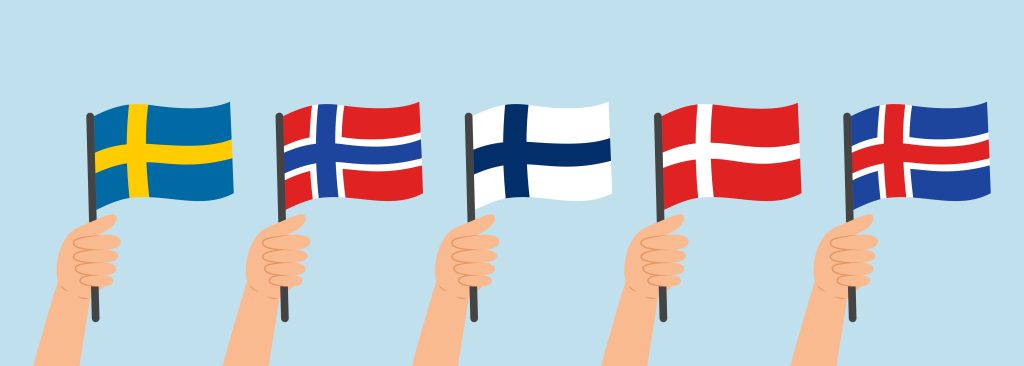Swedish MEP advocates for tobacco harm reduction in the EU
21st Sep 2023

Several members of the European Parliament have proposed amendments to a draft report on non-communicable diseases.
The amendments primarily focus on urging the European Commission to expedite and prevent any delays in the ongoing review of the tobacco legislative framwork, to include the objective of the European Beating Cancer Plan, and to follow up on the decisions made at the tenth meeting of the Conference of the Parties (COP10) to the World Health Organisation’s Framework Convention on Tobacco Control (WHO FCTC) on the regulation of new and emerging tobacco products.
However, what has been overlooked in the original draft report is the possibility of reviewing whether risk-reducing alternatives such as vapes and nicotine pouches can be used to decrease smoking, which is regrettable from a public health perspective.
Swedish MEP leads the way
On the other hand, the Swedish MEP Sara Skyttedal clearly supports harm reduction in her proposed amendments to the report. Harm reduction is also aligning with the adopted European Beating Cancer plan that the parliament has approved, where the harm-reducing effect of electronic cigarettes has been highlighted.
If secured a majority, several of her proposals would distinguish between different forms of tobacco use rather than lumping all tobacco and nicotine together.
For example, Skyttedal suggests that:
| should be changed to: | |
| Acknowledges that tobacco use was responsible for 1.6 million deaths in Europe in 2019 and is a high risk factor for developing NCDs such as cancer, cardiovascular diseases and chronic respiratory diseases; | Acknowledges that harmful tobacco use, in particular smoking, was responsible for 1.6 million deaths in Europe in 2019 and is a high risk factor for developing NCDs such as cancer, cardiovascular diseases and chronic respiratory diseases; |
It is evident that Sara Skyttedal hails from Sweden, the country with the lowest smoking prevalence in the EU and, consequently, the lowest tobacco-related mortality in the entire Union. Instead of smoking, Swedes use oral tobacco and nicotine, namely snus and nicotine pouches.
Skyttedal also proposes that health risks associated with new tobacco and nicotine products should be evaluated in relation to their relative risk:
| should be changed to: | |
| follow up on the scientific evaluations of the health risks related to electronic cigarettes, heated tobacco products and novel tobacco products including the assessment of the risks of using these products compared to consuming other tobacco products; | follow up on the scientific evaluations of the health risks related to electronic cigarettes, heated tobacco products and novel tobacco products including the assessment of the relative risks of using these products compared to consuming other tobacco products, and the role these products can play in reducing smoking in the Union; |
Smoking is the biggest threat to public health in Europe, and her proposal that the relative risks of different products should be evaluated to determine whether harm reduction is a viable approach could make a significant difference. Given the clear evidence from Sweden and Norway, such an addition shouldn’t be necessary. However, due to the European Commission’s constant reluctance to adopt harm reduction strategies, the European Parliament must pressure the Commission, especially against the background of the already adopted Beating Cancer Plan.
The fact that there are MEPs advocating alternatives to smoking and are willing to assess whether risk-reducing alternatives are a viable route gives hope in the fight against combustion tobacco and the future public health of Europe.






